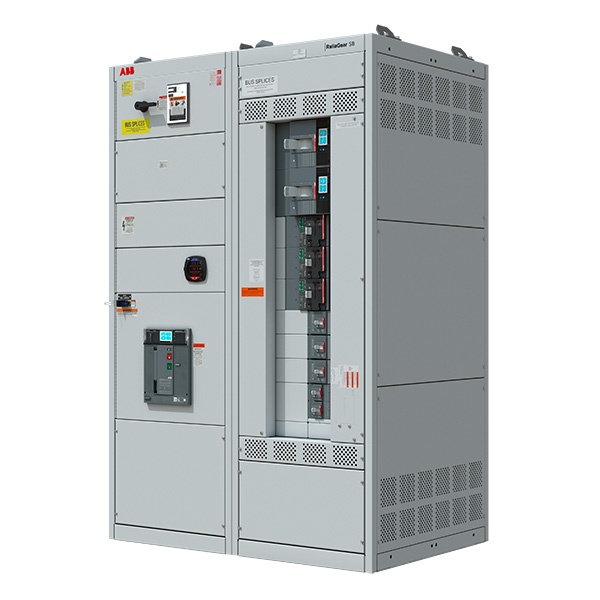Function and operation of switchboards
ABB Switchboards are designed to integrate circuit breakers, fuses, metering, surge protection, and other electrical products to distribute and monitor power safely. By definition, an electric switchboard is a device that distributes electricity to several smaller load circuits. It is an assembly of one or more panels, each containing switching devices for the protection and control of circuits fed from the switchboard. Busbars are added inside a switchboard. What is a busbar? Flat strips of copper or aluminum are insulated to help carry large currents that connect the switchgear.
In a modern switchboard, the operator is protected from electrical injury by metal-enclosed circuit breakers, switches, and fuses.
ABB provides an extensive offering of switchboards used in industries such as:
With switchboard offerings such as group-mounted, generator-connected, individually mounted, and metering, the ABB switchboard portfolio has the product for your switchboard application needs.
ReliaGear® SB Switchboard
ReliaGear switchboards feature a safe, reliable design help save time and labor costs while helping to ensure greater energy efficiency and reliability.
Featuring a plug-in, single-tool simplicity that enables easy, fast component installation or replacement in the field. Circuit breakers can be installed anywhere on the bus stack for even greater flexibility. Hinged gutter doors allow quick, convenient access for wiring the circuit breakers. Use SACE® Tmax® XT plug-in circuit breakers for the project for faster installation.
ReliaGear SB group-mounted distribution sections come in three bus stack configurations: center, off-set, and one-sided.
